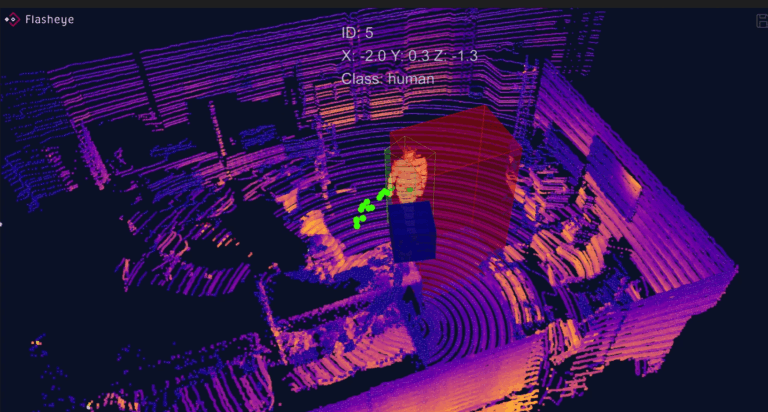
CADDEN becomes the official distributor of Flasheye in France
CADDEN announce becoming the official distributor of Flasheye in France.
Combining a single-beam bathymetric echosounder with a GNSS RTK receiver, BALI is a complete and easy-to-use pole-mounted system, entirely designed by CADDEN’s R&D and Technical team. The versatile GNSS antenna can be used on two types of vessels:
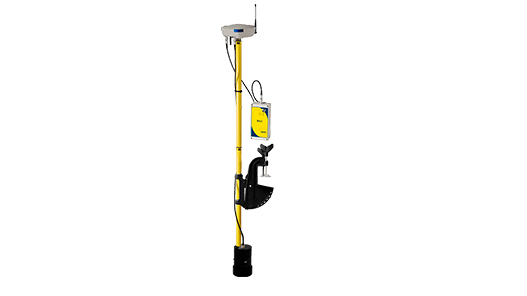
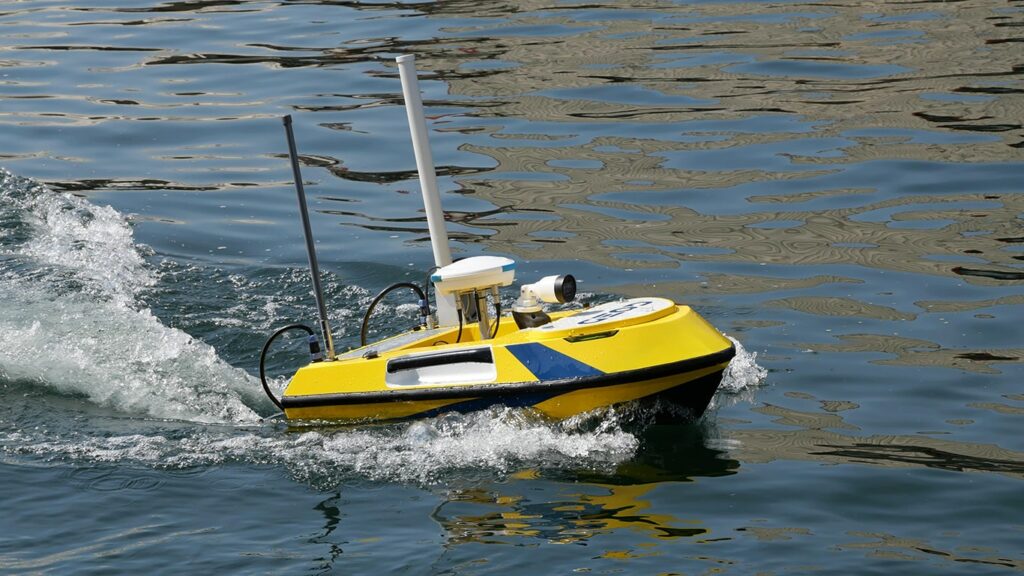
As part of a continuous improvement process, CADDEN’s research and development department regularly updates the BALI system. These developments aim to enhance its performance, optimize the user experience, and integrate the latest technological advances. With a dedicated team of engineers, CADDEN anticipates market needs to offer a system that is ever more reliable, precise, and adapted to field use.
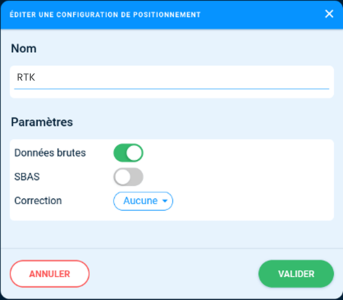
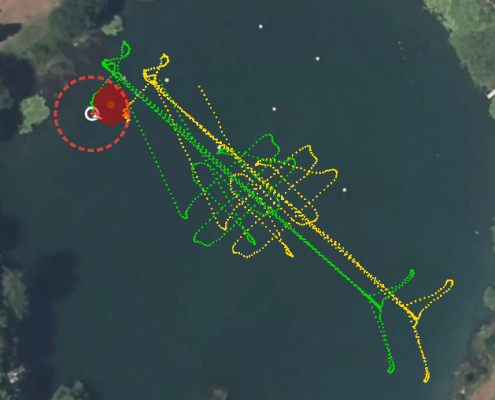
Above is an example of a survey carried out in a lake by our team using the BALI antenna integrated directly onto the USV100 marine drone. The yellow line is the natural trajectory and the green line is the RTK trajectory corrected using the PPK Qinertia software.
Once the data has been corrected using the PPK software, it is then fed directly back into BALI’s acquisition software, in CSV or SBET format.
This process ensures reliable, refined results that are ready for use in business tools.
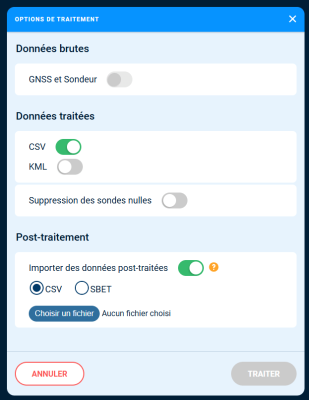
Below is an example of trajectories in natural (yellow), SBAS (blue) and RTK/PPK (blue) for a hydrographic survey carried out with the BALI antenna integrated on a USV100 marine drone.
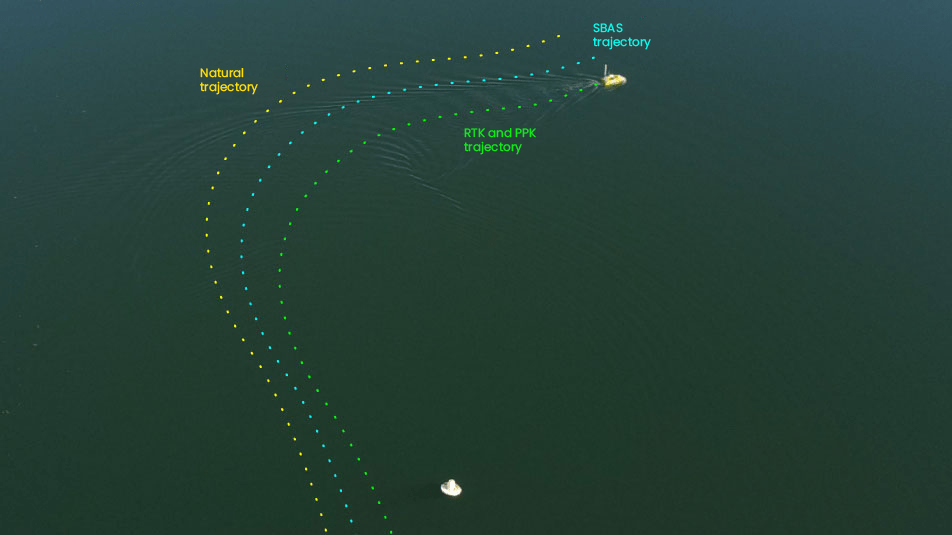
This development represents a real time saver and provides users with greater security in their data post-processing work.
Did you like this article ?
Share it with your colleagues or friends

CADDEN announce becoming the official distributor of Flasheye in France.
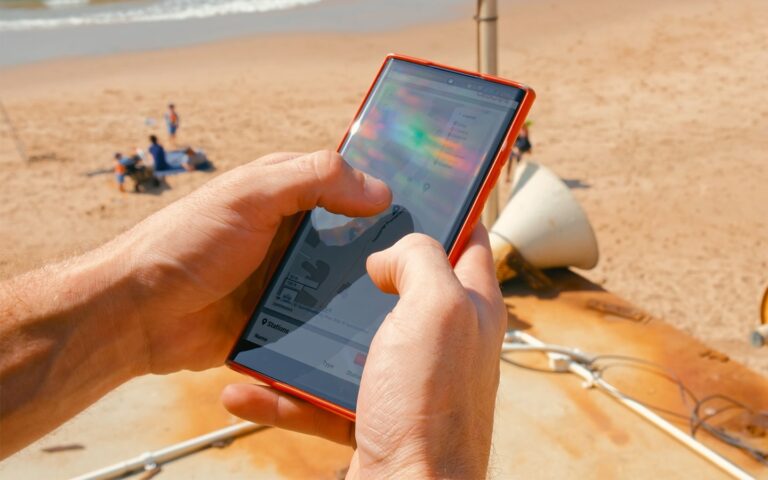
CADDEN expands its range with Obscape’s autonomous and connected solutions